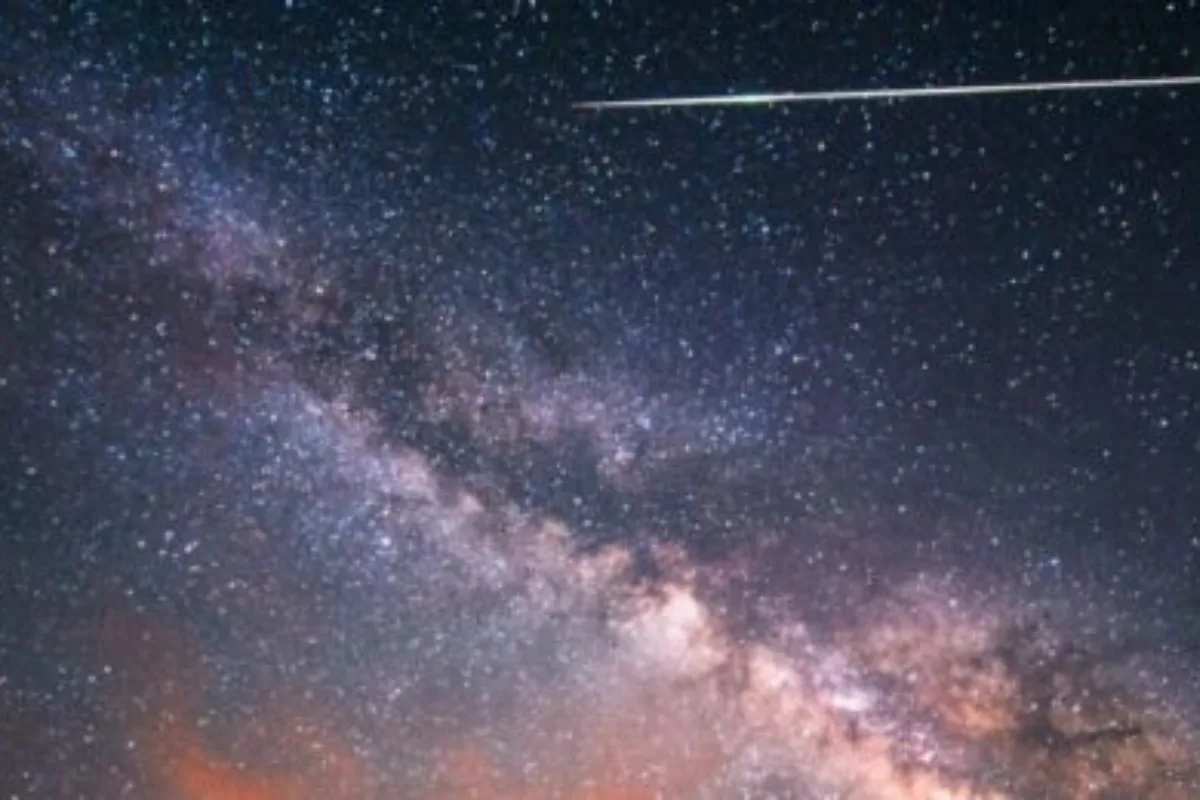As denizens of the Earth, we are privileged witnesses to an array of celestial wonders, each offering a unique glimpse into the vastness of the cosmos.
Among these celestial spectacles, the Eta Aquariid meteor shower stands out as a captivating display of shooting stars that graces our skies annually.
In this comprehensive guide, we delve into the origins, characteristics, and observation techniques of the Eta Aquariid meteor shower, providing readers with a deeper understanding of this celestial phenomenon.
The Celestial Origins:
Comet Halley’s Legacy: The Eta Aquariid meteor shower is the result of Earth passing through the debris left behind by Comet Halley, one of the most famous comets in history.
Cosmic Collision: As Earth intersects with the debris trail of Comet Halley, fragments of dust and rock enter the planet’s atmosphere, creating a dazzling display of meteors.
Timing and Peak Activity:
Spring Showers: The Eta Aquariid meteor shower occurs annually from late April to mid-May, with its peak activity typically observed around May 5th and 6th.
Pre-Dawn Delight: The best time to observe the Eta Aquariids is during the pre-dawn hours when the radiant point, located near the constellation Aquarius, is highest in the sky.
Characteristics of the Eta Aquariids:
Swift and Bright: Eta Aquariid meteors are known for their speed and brightness, often leaving vivid trails of light as they streak across the sky.
Southern Emphasis: While visible from both hemispheres, the Eta Aquariid meteor shower is particularly prominent in the southern hemisphere, where observers can witness an increased rate of meteors.
Observational Tips and Techniques:
Dark Sky Locations: To optimize visibility, enthusiasts should seek out dark sky locations away from urban light pollution, providing unobstructed views of the night sky.
Patience and Perseverance: Meteor showers can be unpredictable, so patience is key. Observers should allow ample time for their eyes to adjust to the darkness and be prepared to wait for the most spectacular displays.
Capturing the Cosmic Show:
Astrophotography: Amateur astronomers can capture the beauty of the Eta Aquariid meteor shower through astrophotography, using long-exposure techniques to photograph the streaking meteors against the backdrop of the night sky.
Time-Lapse Imaging: Time-lapse photography allows for the creation of stunning videos that showcase the evolution of the meteor shower over time, providing a captivating visual record of this celestial event.
The Cosmic Connection:
Awe-Inspiring Wonder: Observing the Eta Aquariid meteor shower offers a profound sense of awe and wonder, connecting observers to the mysteries of the cosmos and the ancient origins of these celestial phenomena.
Celestial Reflection: The beauty of the Eta Aquariids serves as a reminder of our place in the universe, inspiring contemplation and appreciation for the wonders of the night sky.
Conclusion:
As we prepare to witness the splendor of the Eta Aquariid meteor shower, let us embrace the opportunity to marvel at the cosmic ballet unfolding above us.
From its celestial origins to its breathtaking displays, the Eta Aquariid meteor shower captivates our imagination and invites us to explore the wonders of the universe.
Whether observing with the naked eye or through the lens of a telescope, the Eta Aquariids remind us of the boundless beauty and majesty of the cosmos, enriching our lives with a sense of wonder and awe.
